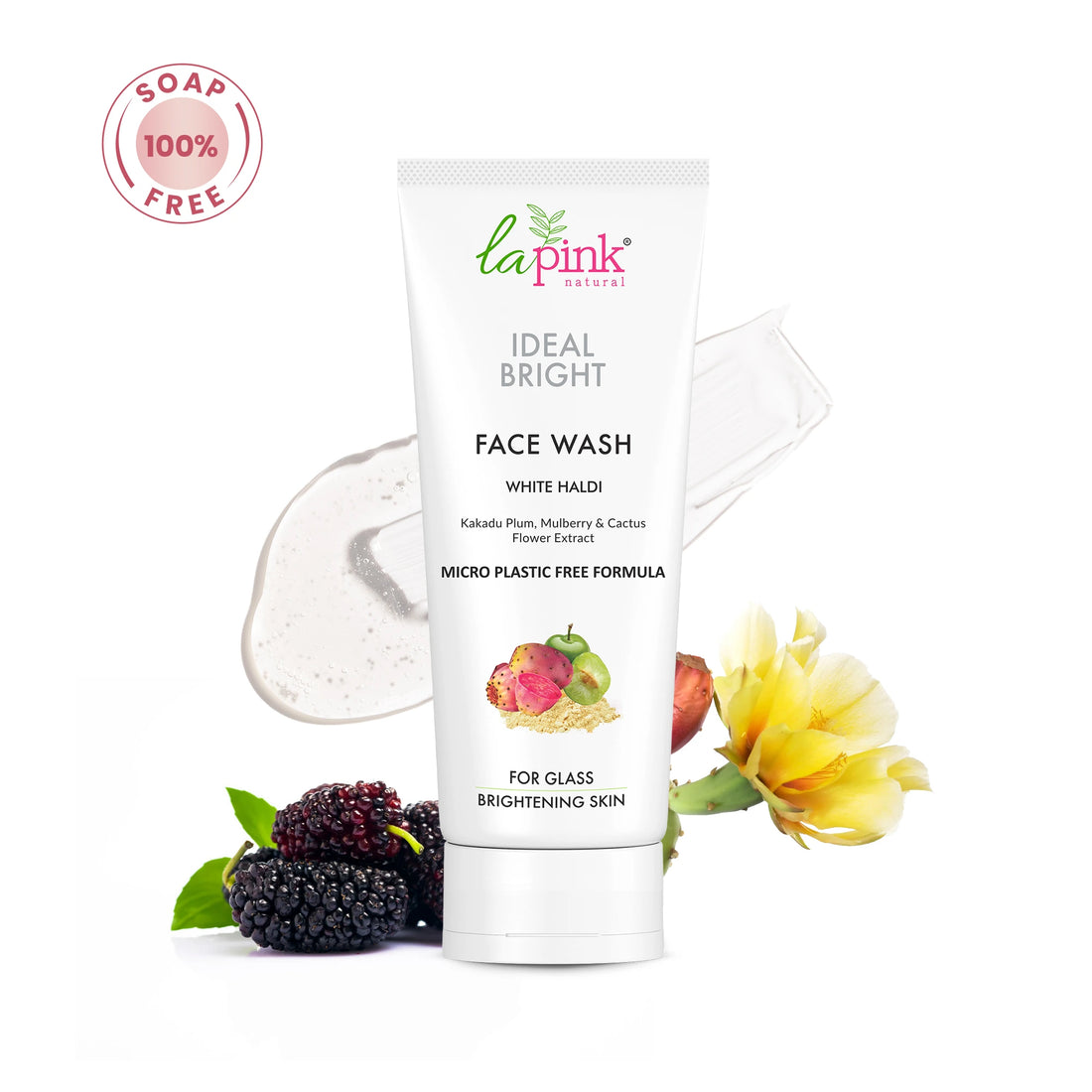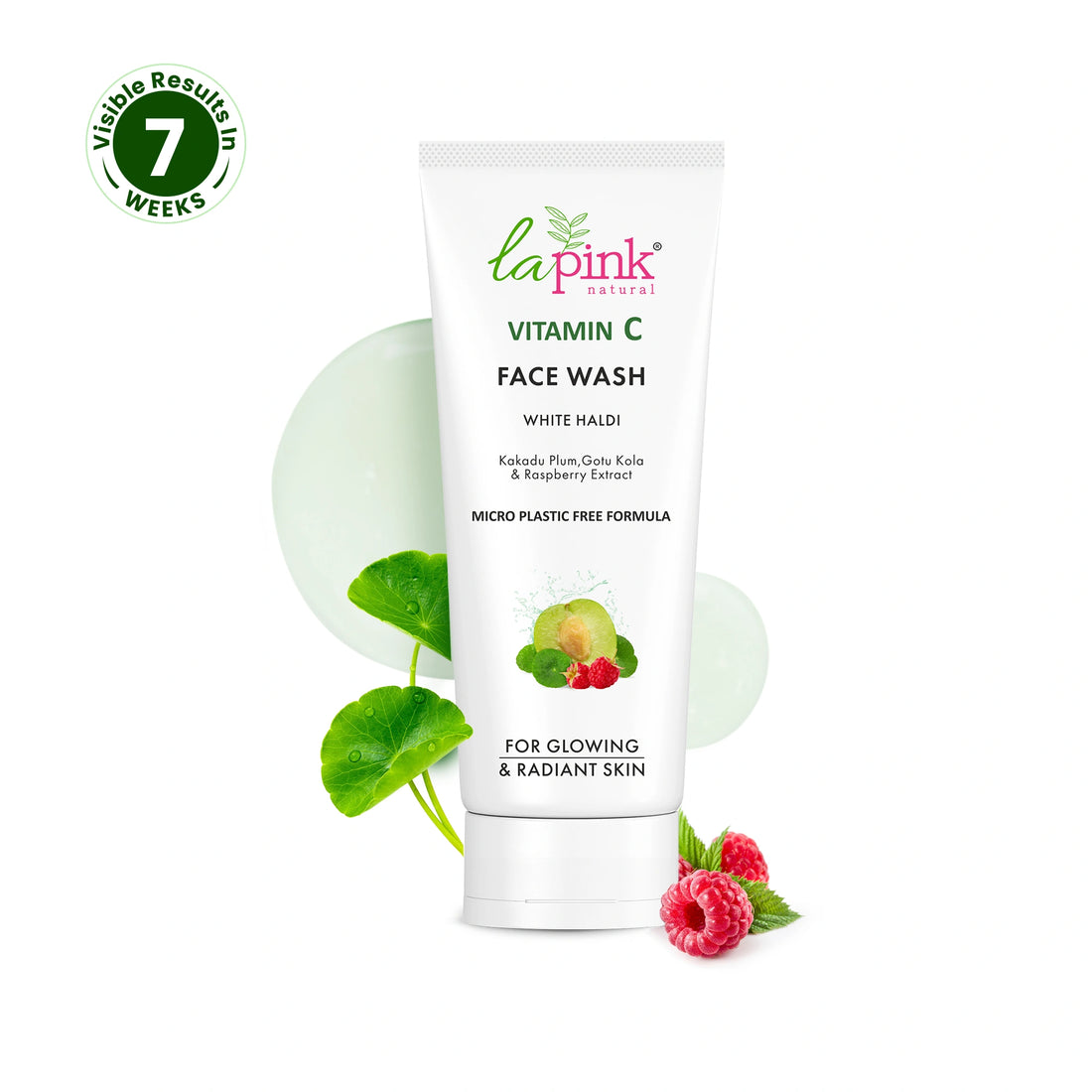How Does Phospholipids Help In Skincare?
1. Barrier Repair and Protection: The structure of phospholipids allows them to integrate seamlessly into the skin’s natural lipid barrier. Their amphiphilic nature, with water-attracting heads and water-repelling tails, helps repair damaged skin by reinforcing the barrier, preventing moisture loss, and protecting against environmental stressors.
2. Enhanced Hydration: Phospholipids attract and retain moisture, making them excellent humectants in skincare. The hydrophilic heads pull water into the skin, while the fatty acid tails lock it in. This keeps skin hydrated longer, offering deep, lasting moisture without feeling greasy or heavy.
3. Faster Delivery of Active Ingredients: The amphiphilic structure of phospholipids allows them to encapsulate and transport active ingredients deeper into the skin. Their ability to blend with skin’s natural lipids means they can deliver ingredients like antioxidants, peptides, and vitamins effectively, enhancing the performance of other skincare actives.
4. Soothing and Calming Effect: Phospholipids, due to their similarity to skin’s own lipids, have a calming effect on irritated or sensitive skin. They reduce inflammation and redness by restoring and strengthening the skin barrier, promoting faster healing, and soothing irritation caused by dryness or exposure to harsh conditions.
5. Cell Membrane Mimicry and Skin Repair: Phospholipids mimic the cell membranes of skin cells, making them ideal for cellular repair. Their structure aids in regenerating and repairing the skin’s outermost layer, improving elasticity, promoting smoother texture, and helping to reverse damage from factors like aging, environmental pollutants, and UV exposure.
How Phospholipids Are Used In Skincare?
Moisture Lockers: Phospholipids naturally attract and hold onto water. That’s why they are used as moisture lockers to keep moisture trapped inside the skin, preventing dehydration.
Skin Barrier Builders: Phospholipids are a part of natural skin barriers. Thus, its external use in skin barrier repairing products supports in active strengthening of natural skin barriers with necessary moisture repair and protection.
Delivery Systems (Liposomes): Phospholipids are often used to create liposomes, tiny bubbles that carry active ingredients (like Vitamin C, Retinol, or Peptides) deep into the skin. This is because they well blend with skin cells initiating a faster and smoother penetration without irritation.
Emulsifiers: Phospholipids are diluted both in water and oil, thus used as emulsifiers in a range of skincare products.
Soothing Agents: Phospholipids are known for their skin-soothing properties. That’s why they are used in serums, post-sun care products, products for post-procedure skin, etc.
What Are Ideal Percentages of Phospholipids in Various Skincare Products?
There is no strict and determined percentage of insertion of Phospholipids in skincare products. The percentage varies as per ingredients in acquaintance with purpose delivery. An overall estimation is as follows.
- Hydration & Barrier Repair Ingredients: 1% – 5%
- Liposome Delivery System: 5% – 15% (within the liposome)
- Emulsifier / Texture Enhancer: 0.5% – 2%
Why Are Phospholipids Popular Among Beauty Formulators?
- Bio-compatibility with skin: Seamlessly integrates with skin, promoting natural hydration and barrier repair.
- Amphiphilic nature: Allows for both water and oil-loving properties, ideal for emulsifying and stability.
- Liposome formation: Helps deliver active ingredients deeper into the skin through liposome technology.
- Improved skin absorption: Enhances the skin's ability to absorb other ingredients effectively without irritation.
- Mimics natural skin lipids: Restores and strengthens the skin barrier, perfect for sensitive or compromised skin.
Potential Benefits of Phospholipids
1. Supports Skin's Natural Repair Mechanisms: Phospholipids help activate the skin's intrinsic repair processes by mimicking the skin’s own lipids. This support encourages the skin to restore itself naturally, making phospholipids essential for accelerating recovery from environmental stressors and skin damage.
2. Improves Skin Elasticity: The presence of phospholipids in skincare products can help improve skin elasticity. Their role in maintaining healthy cell membranes aids in strengthening the skin’s structure, leading to firmer, more youthful-looking skin that is less prone to sagging or fine lines.
3. Boosts Antioxidant Efficacy: When combined with antioxidants, phospholipids enhance their ability to penetrate deeper into the skin. Their unique delivery system ensures that antioxidants, such as Vitamin C or E, are absorbed efficiently, providing stronger protection against free radicals and oxidative stress.
4. Balances Oil Production: Phospholipids can help balance oil production by reinforcing the skin’s lipid barrier. They assist in regulating sebum, making them beneficial for oily and acne-prone skin by reducing the overproduction of oils while maintaining the skin's moisture balance.
5. Improves Product Absorption: Because phospholipids interact so well with skin cells, they help other skincare ingredients absorb more effectively. This makes them an excellent addition to products with complex actives, ensuring that the skin gets the full benefits of the active ingredients without irritation.
Possible Downsides of Phospholipids
1. Potential for Allergic Reactions: While phospholipids are generally considered safe, some individuals with sensitive skin or allergies to ingredients like soy or egg yolk (common sources of phospholipids) may experience irritation or allergic reactions. This can manifest as redness, itching, or even swelling, requiring careful patch testing before use.
2. Possible Comedogenicity: Phospholipids are lipophilic (oil-loving), and in certain formulations, they may contribute to clogged pores or acne. While not inherently comedogenic, products with high lipid content or poor formulation may increase the risk for those with acne-prone skin, potentially exacerbating breakouts or congestion in the pores.
3. Formulation Instability: Phospholipids are sensitive to temperature and light, which can cause instability in formulations if not properly stored or handled. Over time, exposure to these elements can degrade their effectiveness, causing the active ingredients to lose potency or the product to spoil, reducing its overall shelf life.
4. Higher Cost of Formulation: Incorporating phospholipids into skincare products often increases production costs. Phospholipid extraction and purification processes, especially those from natural sources, can be more expensive than synthetic alternatives. This can result in higher prices for consumers, limiting the accessibility of certain skincare products that contain high concentrations of phospholipids.
5. Overuse Can Lead to Excessive Moisture: While phospholipids help maintain hydration, overuse of products containing them may lead to an overly moisturized skin barrier, particularly for individuals with oily skin. This can make skin feel greasy or heavy, potentially interfering with makeup application or contributing to clogged pores if not balanced properly.
Do You Know?
Do you know, phospholipids are your skin’s best friend? They are bound with certain unique structures that mimic the skin’s natural lipids, allowing them to seamlessly integrate into your skin’s protective barrier. This bio-compatibility means they don’t just sit on top — they actively repair, hydrate, and protect from within. By restoring the skin’s natural functions, they help maintain moisture, improve elasticity, and strengthen the skin barrier. This makes them incredibly effective, especially for dry, sensitive, or damaged skin, offering both immediate relief and long-term health benefits!



































































